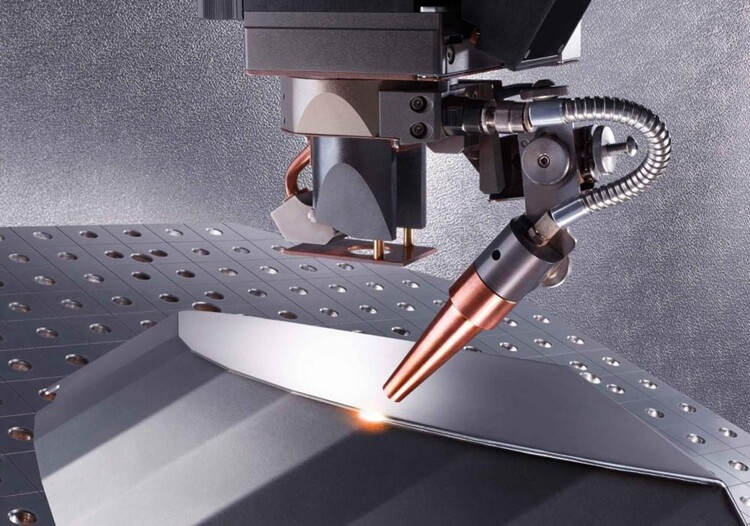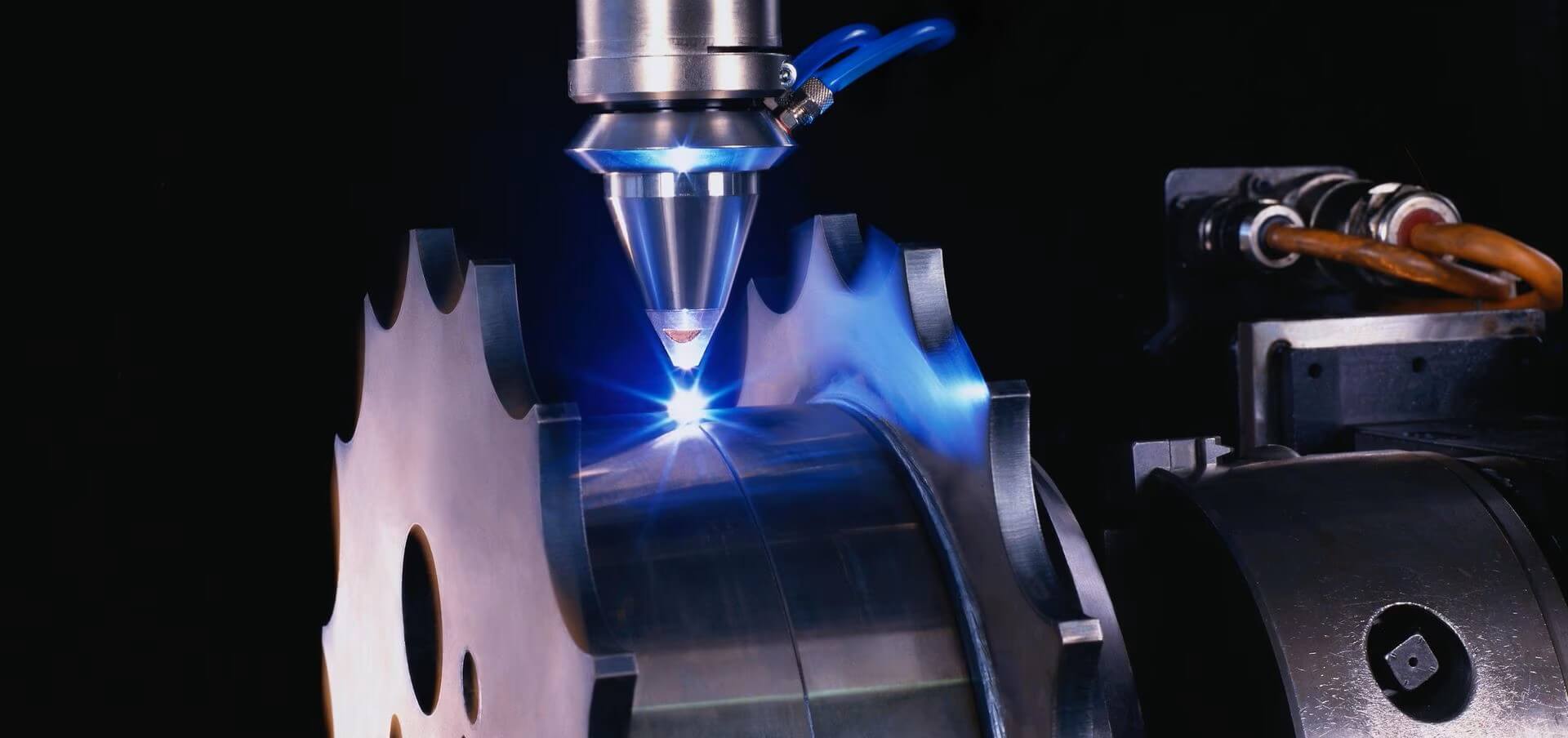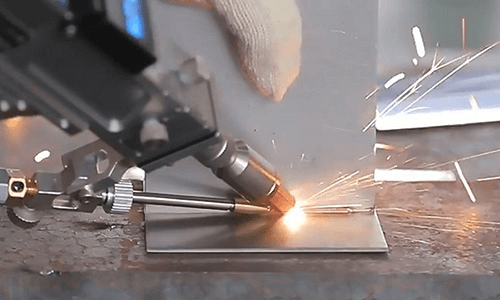Laser Knowledge
Is Laser Welding Strong? An In-Depth Analysis
Laser welding has emerged as a revolutionary technique in the field of metal joining, offering unparalleled precision, speed, and strength. This advanced welding method utilizes a concentrated laser beam to fuse materials together, resulting in high-quality welds that are both strong and durable. In this comprehensive article, we will explore the strength of laser welding, its advantages, applications, and factors that influence its performance. By the end of this guide, you will have a thorough understanding of why laser welding is considered one of the strongest welding techniques available.
Is Laser Welding Strong?
Yes, laser welding can be very strong and reliable. It’s known for producing high-quality welds with minimal heat-affected zones and excellent precision. The strength of laser welds often depends on factors like the materials being welded, the welding parameters (such as power, speed, and focus), and the skill of the operator. In many applications, laser welding can achieve weld strengths comparable to or even exceeding traditional welding methods.

Key Features of Laser Welding
- High Precision: Capable of creating precise and intricate welds with minimal distortion.
- Speed: Offers fast welding speeds, making it suitable for high-volume production.
- Minimal Heat Affected Zone (HAZ): Reduces the risk of thermal damage to surrounding materials.
- Versatility: Can be used on a wide range of materials and thicknesses.

Strength of Laser Welding
Factors Influencing Strength
Several factors contribute to the strength of laser welding, including:
- Material Properties: The type of material being welded plays a significant role in determining the strength of the weld. Metals such as stainless steel, aluminum, and titanium are commonly used in laser welding due to their favorable properties.
- Welding Parameters: The laser power, speed, and focus can be adjusted to optimize the welding process and achieve strong welds.
- Joint Design: The design of the joint, including the fit-up and alignment of the materials, affects the strength of the weld.
- Quality Control: Proper quality control measures, such as monitoring the welding process and inspecting the welds, ensure that the welds meet the required strength standards.

Advantages of Laser Welding Machine
High Strength and Durability
One of the primary advantages of laser welding machine is the high strength and durability of the welds. The concentrated heat source creates a deep and narrow weld pool, resulting in strong and reliable joints. Laser welds are known for their excellent mechanical properties, including high tensile strength and resistance to fatigue and corrosion.
Precision and Accuracy
Laser welding offers exceptional precision and accuracy, allowing for the creation of intricate and complex welds. The focused laser beam ensures that the heat is concentrated in a small area, minimizing distortion and thermal damage to the surrounding materials. This precision is particularly important in applications where tight tolerances and high-quality welds are required.
Speed and Efficiency
Laser welding is a fast and efficient process, making it suitable for high-volume production. The high welding speeds reduce the overall production time, increasing productivity and reducing costs. Additionally, the minimal heat affected zone (HAZ) reduces the need for post-weld treatments, further enhancing efficiency.
Versatility
Laser welding is a versatile technique that can be used on a wide range of materials and thicknesses. It is commonly used for welding metals such as stainless steel, aluminum, and titanium, but it can also be applied to other materials such as plastics and ceramics. This versatility makes laser welding suitable for various industries and applications.

Applications of Laser Welding
Automotive Industry
In the automotive industry, laser welding is used for joining various components, including body panels, engine parts, and transmission components. The high strength and precision of laser welds ensure the structural integrity and performance of the vehicles.
Aerospace Industry
The aerospace industry relies on laser welding for manufacturing critical components such as turbine blades, fuel tanks, and structural parts. The high strength and durability of laser welds are essential for ensuring the safety and reliability of aerospace components.
Medical Devices
Laser welding is widely used in the production of medical devices, including surgical instruments, implants, and diagnostic equipment. The precision and cleanliness of laser welds are crucial for meeting the stringent quality standards of the medical industry.
Electronics
In the electronics industry, laser welding is used for joining delicate and intricate components such as circuit boards, sensors, and connectors. The precision and minimal heat input of laser welding prevent damage to sensitive electronic components.
Jewelry
Laser welding is also used in the jewelry industry for repairing and manufacturing intricate pieces. The precision and control of laser welding allow jewelers to create detailed and high-quality welds without damaging the surrounding materials.
Conclusion
Laser welding is a highly advanced and effective welding technique that offers exceptional strength, precision, and efficiency. The concentrated laser beam creates strong and durable welds with minimal distortion and thermal damage. The versatility of laser welding makes it suitable for a wide range of materials and applications, from automotive and aerospace to medical devices and electronics. By understanding the factors that influence the strength of laser welding and its advantages, you can appreciate why it is considered one of the strongest welding techniques available.

IGOLDEN BLOG
Thank you for visiting the iGOLDENCNC website. iGOLDENCNC is the professional supplier of CNC machinery application solution, within the business of producing and selling CNC machinery and accessories.